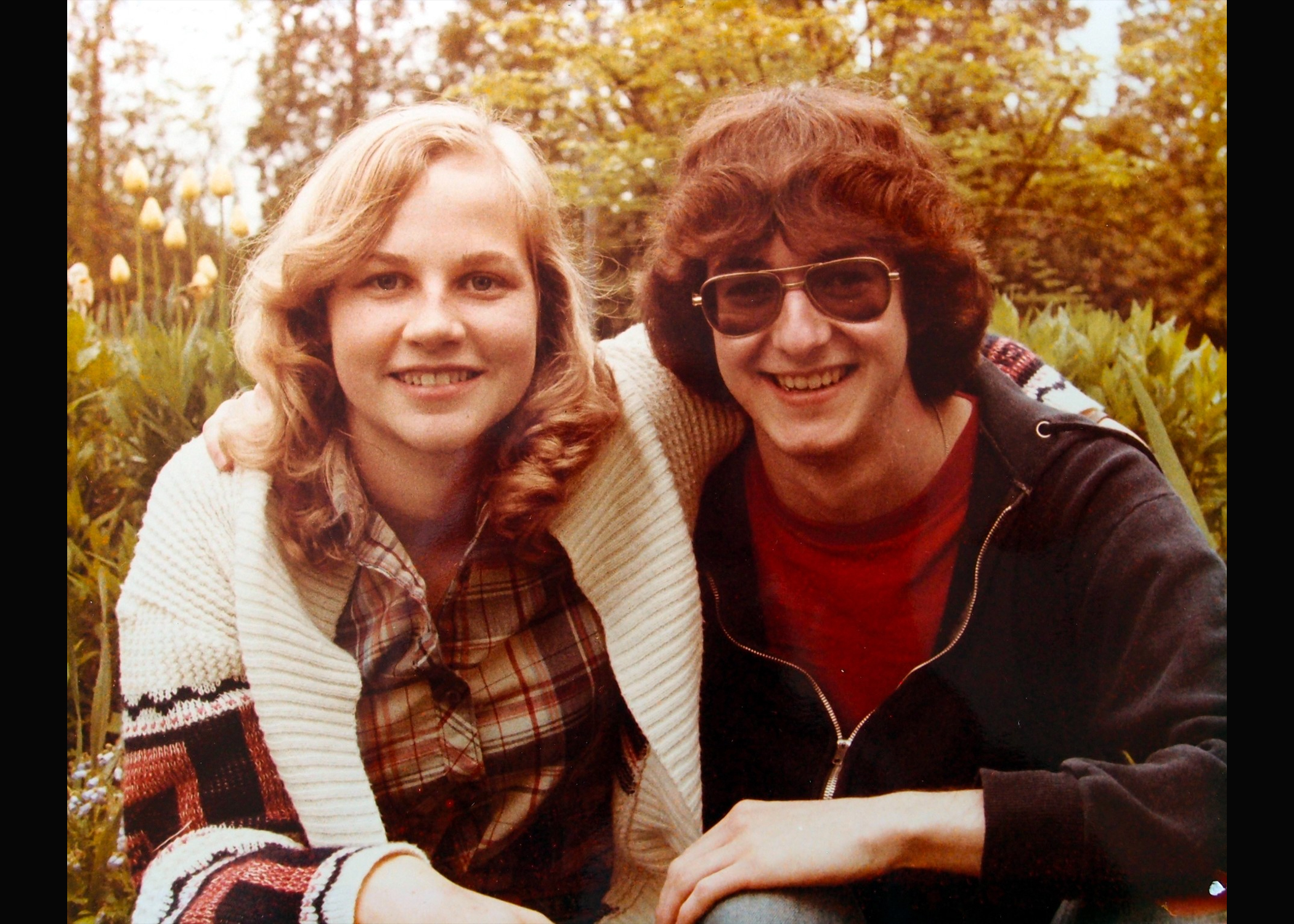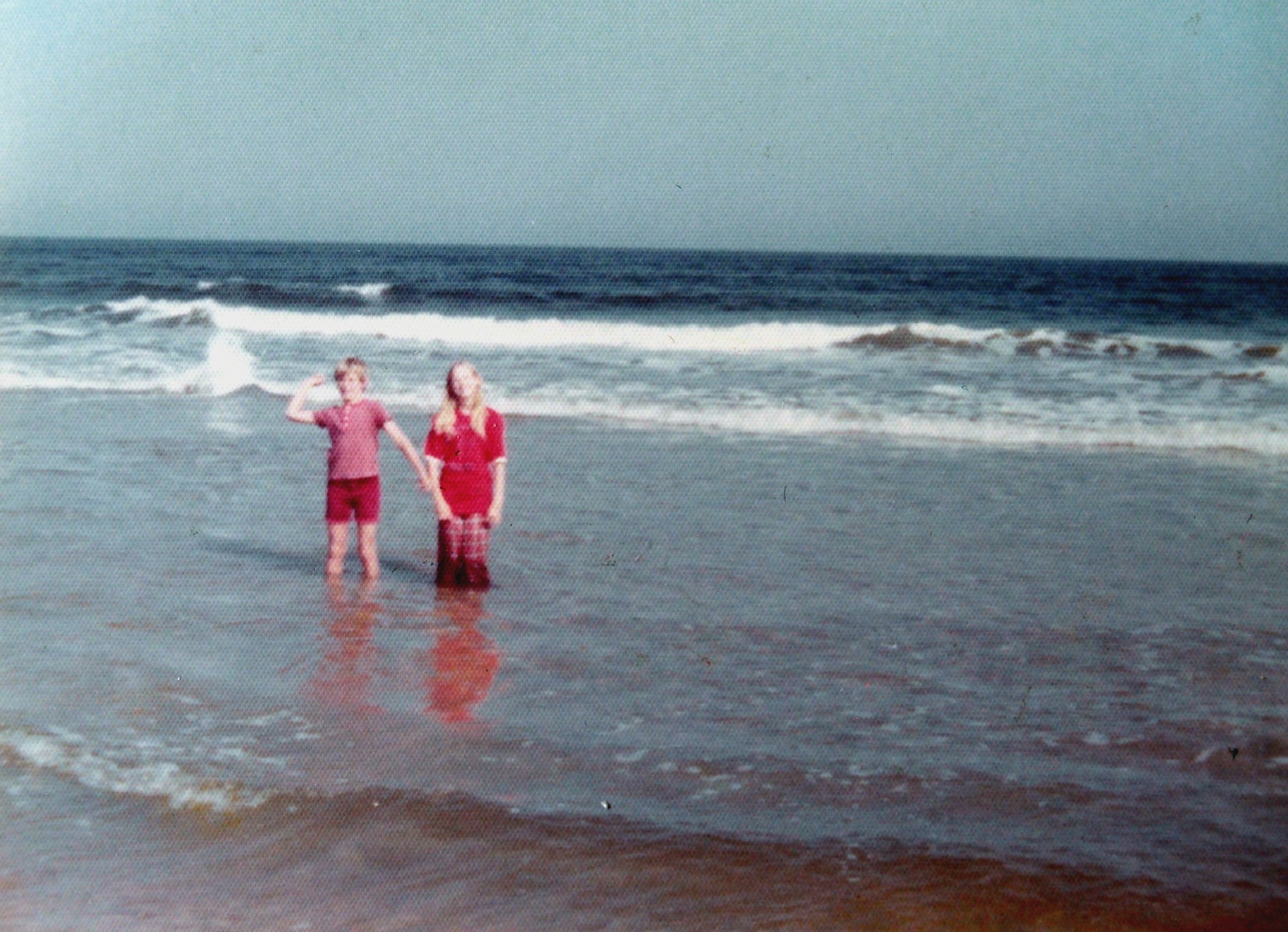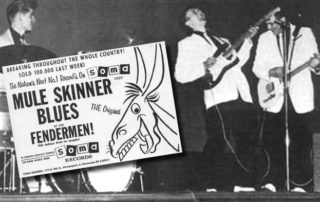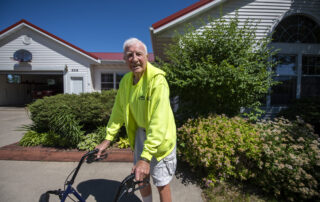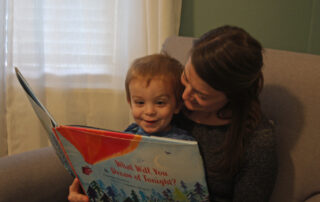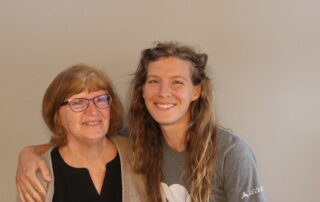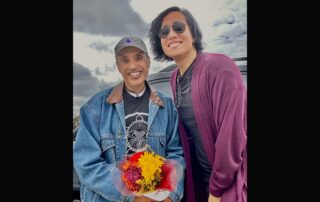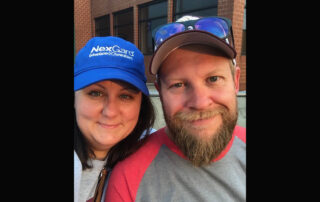There are memories that you hold dear to your heart, knowing you’ll never experience those often simple moments again. Change can feel so gradual that when you look back, you forget just how drastic it can really be. Pat Faherty of Milwaukee talked with husband Dennis about those kinds of memories, from life as a kid in cities like Memphis and Jacksonville, Florida. The couple talked about their experience with StoryCorps.
(The following excerpt has been edited for brevity and clarity)
==
Dennis Faherty: After New Orleans, you moved to Memphis in 1966. What was it like in Memphis?
Pat Faherty: Well, Elvis was still alive and he had his house (Graceland). You could drive past it and you could see his white Cadillac in the driveway and he had a full-size manger scene that was lit up. Nobody had anything like that. You could see the gates and there were always people standing out there waiting for him. But we never went in because he was alive and he was living there.
DF: So you couldn’t tour Elvis’ house.
PF: Oh, no. We eventually did it when I turned 50 because I have never seen Elvis’ house. But I remember there used to be a Waffle House across the street. My dad took me for breakfast one day and you could see Elvis’ house.
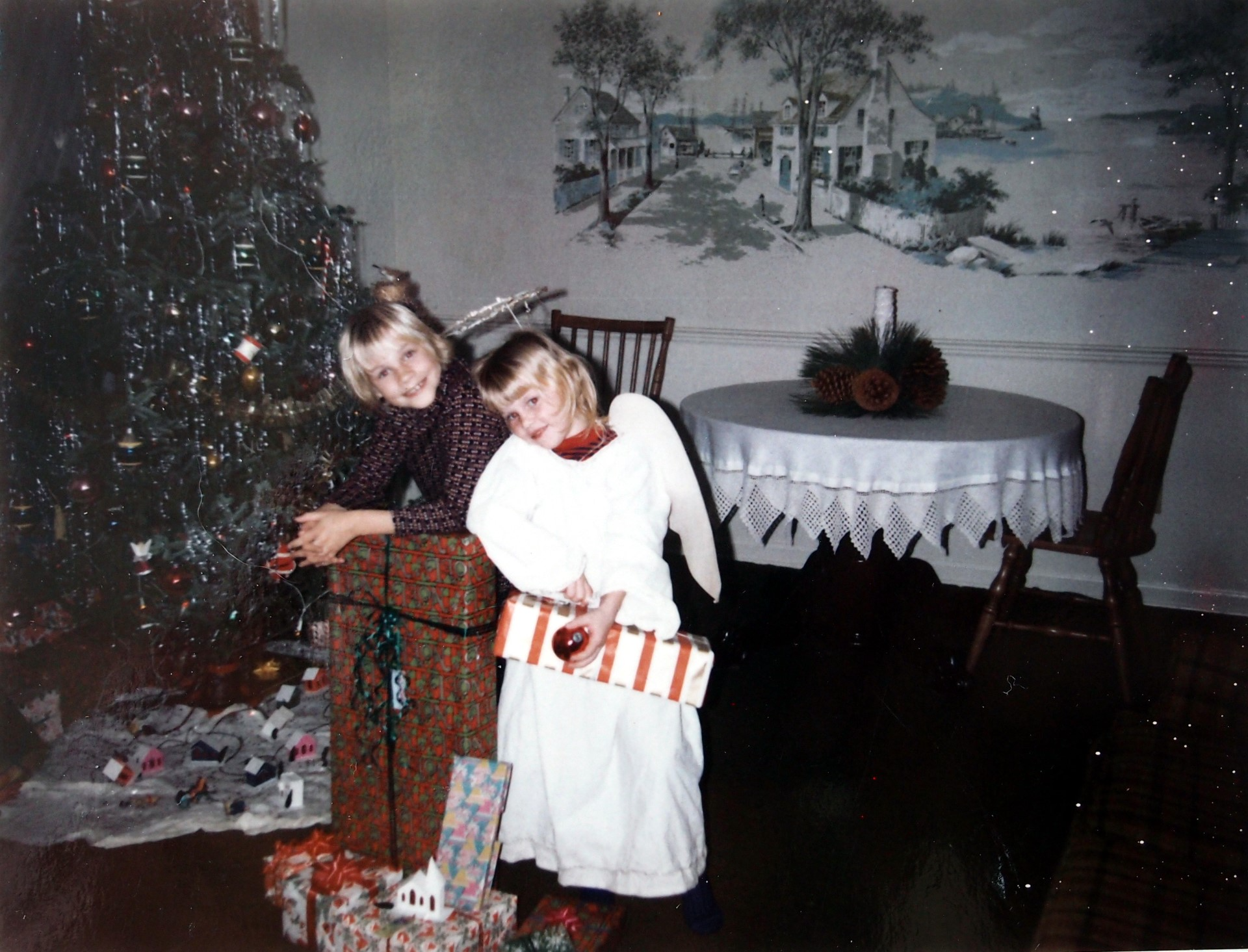
Pat Faherty (l) and her younger sister Michele, on Christmas Day 1972 in Memphis, TN. (Courtesy of Pat Faherty)
(Then we moved to) Jacksonville. It was a naval port and on the weekends they would have the naval ships open. Because it was free, we’d go often. A lot of times it was seeing mechanical repair ships.
But, there was one weekend the Saratoga aircraft carrier was open. We rode the elevator up to the top and looked at the planes, and that was really cool. Nowadays, of course, you can’t do that. They’d never let you on an aircraft carrier.
There were other things that we did. One night, we went to the public park at about 8:00 in the evening and they had turtle nests that were hatching.
DF: Right on the beach?
PF: Yeah, right on the beach. It was the wildest thing, there were hundreds of them. Nowadays there’s people that sit over those nests and guard them. But it was a full moon and the turtles were all hatching. We were on the beach and we were picking up the little turtles and we were taking them to the ocean.
We were down in Jacksonville in 1976 for the (US) Bicentennial. NASA had opened many of the buildings that normally you couldn’t see, like the Vehicle Assembly Building, where they put the Saturn Fives together. That was open. We walked in there and we looked up and — there wasn’t any rocket in there at the time — but just to stand up there and see it, see the caterpillar that was parked. You could walk through the astronauts’ housing, where they stayed, where they were quarantined before the missions. Up and down the hallway, (they) had pictures of the astronauts.
DF: Now The Apollo program was over by then, right?
PF: No, no, this was ‘76.
DF: Okay.
PF: I have a younger brother and a younger sister, and they let us go to this building where Mission Control, where they had the windows — which would close when they launch — and they’d sit there with the control boards. Well, they let us go in there and they played this video of the launch. They let us throw all the switches on the panel board. We pretended to launch. It was great fun.
I’ve been to museums and it’s like all those boards — I’m talking about the control boards — they’re all behind glass. I like to take pictures and send it to my brother and sister and say, “Hey! Remember when we did that with…” They thought it was going to last forever. So they were letting these little kids throw all these switches because they didn’t think it was anything to preserve, and now they’re all preserved in museums and stuff.
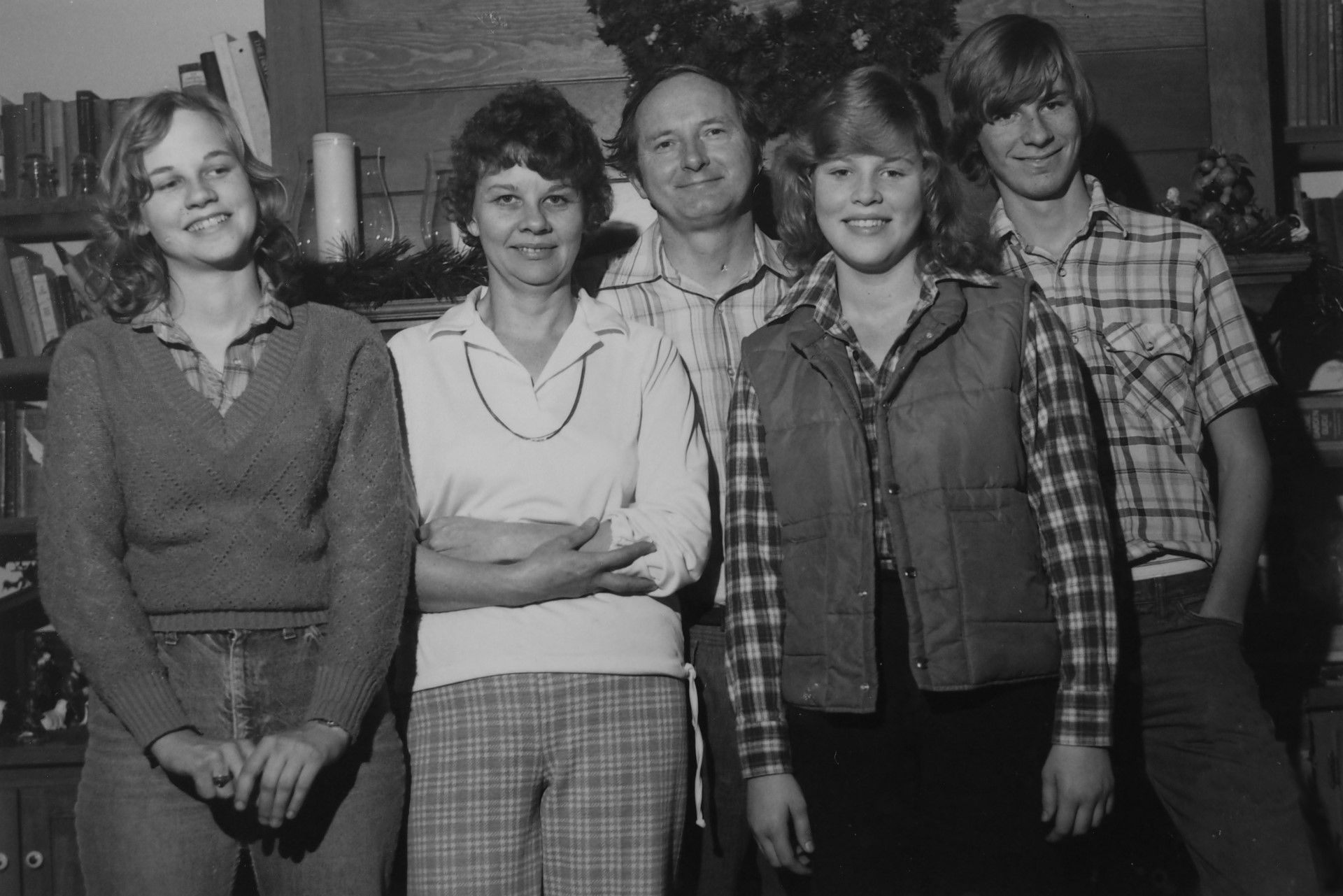
Pat Faherty (l) with her mother Joan Clarey, father Robert Clarey, sister Michele, and brother Jim in Brookfield, Wisconsin around 1979. (Courtesy of Pat Faherty)
This story came from an interview recorded at StoryCorps, a national initiative to record and collect stories of everyday people. During a StoryCorps Mobile Tour stop in Green Bay, Wisconsin from August 10 – September 8, 2023, 110 conversations were recorded and preserved. Some people, like the Faherty’s in Milwaukee, recorded their stories remotely. Excerpts were selected and produced by Wisconsin Public Radio staff.
Major support for the StoryCorps Mobile Tour is made possible by the Corporation for Public Broadcasting, in partnership with the American Folklife Center at the Library of Congress.
